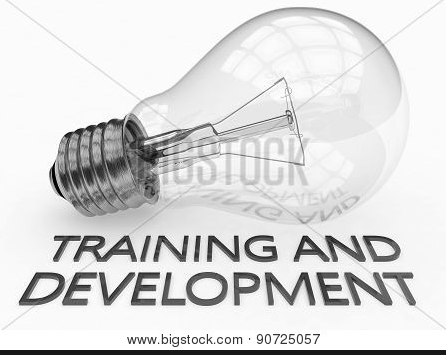PLC Part 2 Decision Making
Training And Development
Introduction and problem identification
Mary, female salesman, brings up a problem to Jim, a 27-year-old manager of sales
employees at a large auto dealership. One of the greatest and most seasoned salesman,Tom,
is alleged by Mary to have never been seen at any of the off-site training sessions, whose
attendance is purportedly necessary. Because they believe the training was ineffective and
boring, employees are not expressing greater interest in it. Jim needs to exert a lot of effort
to capture the interest of the workers in the training.
Decision Criteria
The significance of the training seminars and the consequences of the salesman's absence
should be the main judgement criteria for this issue. Jim needs to think about the value of the
training sessions, how it might affect the dealership's competitive advantage.
Jim- Jim has an additional responsibility of team management and performance apart from
the sales performance of the dealership. He would also have an experience of the role,
responsibility, goals and expectations handled by their salespersons(KPI;s)in accordance
with their experience.
Tom- tom is the best salespeople at any at any of a
series of off-site training seminars. He can
help the Jim in the staff training .
Mary- Mary is so new that she does not yet have an established sales record so she is not able
to take best decisions for the company.
Generate Alternatives
(a) Send a memo to the sales staff stressing the importance of the training seminars-
Business memo is the easy way to communicate with the employees.
Customer dissatisfaction, inadequately implemented procedures, employee tardiness or
absence, and office etiquette issues like don't giving attention during meetings are just a few
of the issues that may be addressed in memos.
(b) Create a system to track attendance of sales staff at the seminars -
This system is totally cost effective ,time saving, create accuracy in work and reliable for the
industry. this system enhance the productivity and also helps to know the interest of
employees in the training.
(c) Have a one-on-one meeting with Tom to discuss the issue -
A one-on-one meeting with Tom to talk about the problem might be a good method to
address the problem directly and to establish an understanding of the relevance of the
training sessions.
(d) Form a group that will look into the matter and come up with a solution to the problem.
Call the group together to look at the problem to find the best solutions as possible
(e)Increase interaction with employees-
Ask inquiries, provide clarification, and interact amicably with the staff. Show the demo
Pieces throughout training because people always wanted to acquire knowledge
realistically because it was a sales tactic.
Evaluate Alternatives
(a) Sending a memo to the sales staff -
Sending a memo to the sales staff may help to remind them of the importance of the training
seminars, but does not address the issue of the absent salesman.
(b) Create a system to track attendance of sales staff at the seminars -
Creating a system to track attendance of sales staff at the seminars would help to
ensure that all salespeople are attending the training sessions. This solution would not
help to increase the interest of employees in the training session this is just the method
the measure their interest in the seminars.
(c) Having a one-on-one meeting with Tom to discuss the issue - it could be an
effective way to address the issue directly and to create an understanding of the importance of
the training seminars.
(d) Having a team meeting to discuss the issue and create a plan of action - it
could be useful in order to create a collaborative approach to addressing the issue.
(e) Increase interaction with employees- This Strategy can help employees to
change their mind. They can work more efficiently and without any burden.
One of the best alternative solution
After evaluating the all alternatives i think having a meeting to discuss the issue is
the best alternative. This option would be the most comprehensive and allow for a
collaborative approach to addressing the issue. When there’s a free-flowing exchange of
ideas then thier is lot of ways to tackle the problem.


After reading the whole case study I really like the way you explained it and provided new alternatives ideas that can be used to improve the situation. I greatly enjoyed reading your blog article since it demonstrates the logical steps you take while trying to come up with the best answer to a problem. You selected the best solution by defining the issue, identifying the conundrum, determining who and what would be impacted by the choice, and developing and analyzing options. Your assessment and evaluation of the case's criteria was extremely thorough, well-planned, and simple to understand. It gave me a better understanding of the problem.
ReplyDeleteAs you mentioned in the introduction that employee feels that training is boring and ineffective and they did not understand the importance of the sessions. In the decision criteria you provided a well constructed evaluating criteria that includes have a private discussion about the problem with Tom and establish a way to monitor sales personnel attendance at the seminars. Along with this you also provided alternatives that how this issue can be solved. I also believes in a fact that holding a meeting to discuss the issue is the best course of action after weighing all the options. The most thorough and cooperative solution to the problem would be to choose this option. There are many ways to approach the issue when there is an open interchange of views.
My only suggestion would be, that you can make use of various different themes in the BlogSpot tools and this will appeal the viewer to read.
Sincerely, Arshdeep